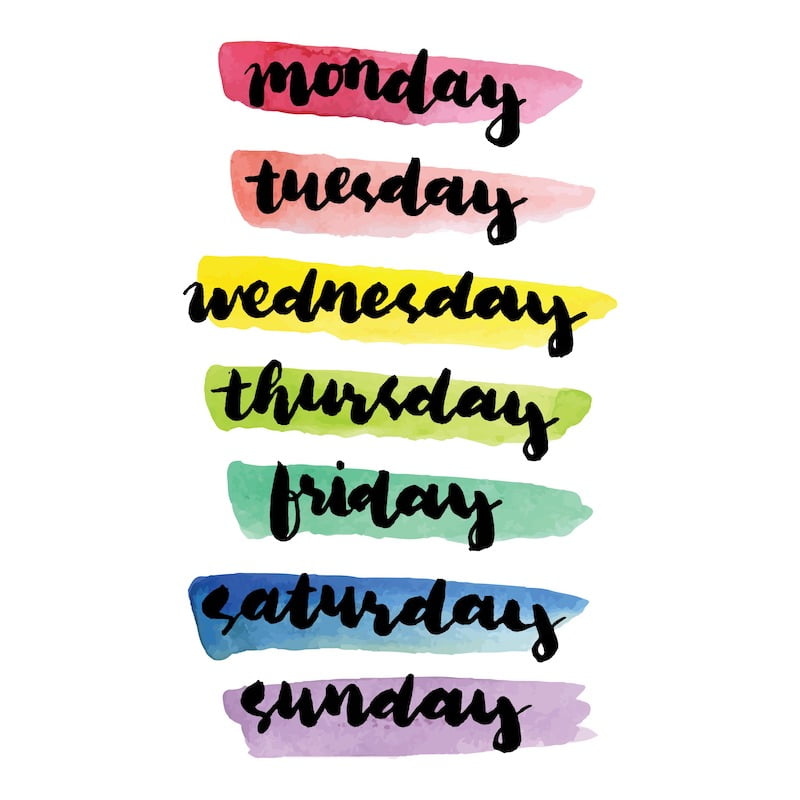An editorial calendar is a powerful tool for staying on top of editorial tasks and ensuring editorial projects are completed on time, every time.
The editorial calendar is a powerful tool for staying on top of editorial tasks and ensuring editorial projects are completed on time, every time. It’s also the key to managing resources across all your publishing channels— print, web and social media alike— and it will help you grow readership in new ways as well.

Ideally, your editorial calendar should be planned out for the following six to twelve months so you know what content is coming up. Investing a little time or money upfront will give you peace of mind and space for the rest of the year, leaving you to focus on your core role and what you do best in the business.
What are the benefits of editorial calendars for your business and workflows?
How do editorial calendars benefit readership growth? And what goes into an editorial calendar, anyway?
At any given time, I’m juggling a lot – from planning content to managing staff. That’s why having editorial schedules is so important. It allows me to keep on top of deadlines and provide my team with clear expectations about when they will be needed next. But how can this process really make life easier for managers like me—and save companies money in the long term? Let’s get started!
How do you use an editorial calendar?
Editorial calendars are a means of tracking editorial work with editorial deadlines and editorial needs.
Either get a copywriter to prepare your professional editorial calendar or have a go yourself with a handy editorial calendar template. Once it has been filled in, follow along the plan creating and writing each topic as necessary.
It’s my strong advice to write as much content as far in advance as possible. WordPress and most other platforms have a function where you can schedule blog posts to be scheduled at a certain time. If you were organised, you could write your entire year’s worth of content in January and set and forget meaning the rest of your year is available to focus on what you do best in your business. Can you imagine the freedom that would bring!
Once you have published or scheduled your blog post, be sure to mark it off the editorial calendar so you know that it has been done and can refer back to at any time.

Ensure you are covering all your content pillars, topics, all areas of services or products within the business and are externally and internally linking properly.
As an extra tip, be sure to track your assigned SEO keywords (each blog post should be assigned an SEO keyword) in your SEO software. I use SemRush and it tells me when my or my clients’ websites are ranking on the first page of Google for their keywords.
One of the most important aspects is looking ahead and making sure that there’s enough content scheduled so that if something falls through or takes longer than expected it doesn’t leave readers without the information they’re interested in.
How do editorial calendars help with managing content and scheduling posts?
The editorial calendar is the backbone of any successful blog. It’s your roadmap for publishing engaging, original content on a regular basis. It’s also your editorial boss, telling you what and when to publish.
An editorial calendar helps bloggers plan ahead for content ideas or blog posts they want to create in the future. It also reminds you of deadlines so that you don’t miss out on opportunities without realising it.
When used properly, an editorial calendar even keeps track of any guest posts that need publishing dates as well!
Why is it important to use an SEO copywriter to create your editorial calendar?
The copywriter who creates or customises this document should understand what goes into successful blogging: research before writing; effective headline strategy; the consistent tone of voice (among other things).
A professional copywriter has the skills to create an editorial calendar because they’ve done it before and knows what to do. They know how to research, they have editorial writing experience (they understand the importance of tone), they can create an editorial calendar with a specific goal in mind.
Creating an editorial calendar is essential to keep track of more content needs, different deadlines and conceptual time. Plus, creating an editorial calendar early in the year will help you meet deadlines for future posts.
Hire an Australian copywriter to create the perfect editorial calendar for your brand or download my expert editorial calendar template today.
This blog post contains affiliate links.



